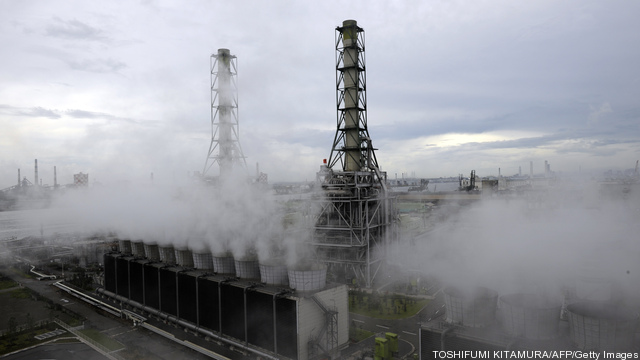
The NY State Assembly voted to enact legislation that would extend the moratorium on high volume hydraulic fracturing until 2015, aiming to facilitate additional health and environmental impact assessments.
On March 6, 2013, the New York State Assembly passed a bill to further suspend issuance of permits for high volume hydraulic fracturing until May 15, 2015. The bill passed with a vote of 95-40 and marks the Assembly’s third moratorium, following similar measures in 2010 and 2011. The industry currently awaits the release of DEC’s Supplemental Generic Environmental Impact Statement (SGEIS) and a subsequent ruling for permit issuance. Keep reading →









